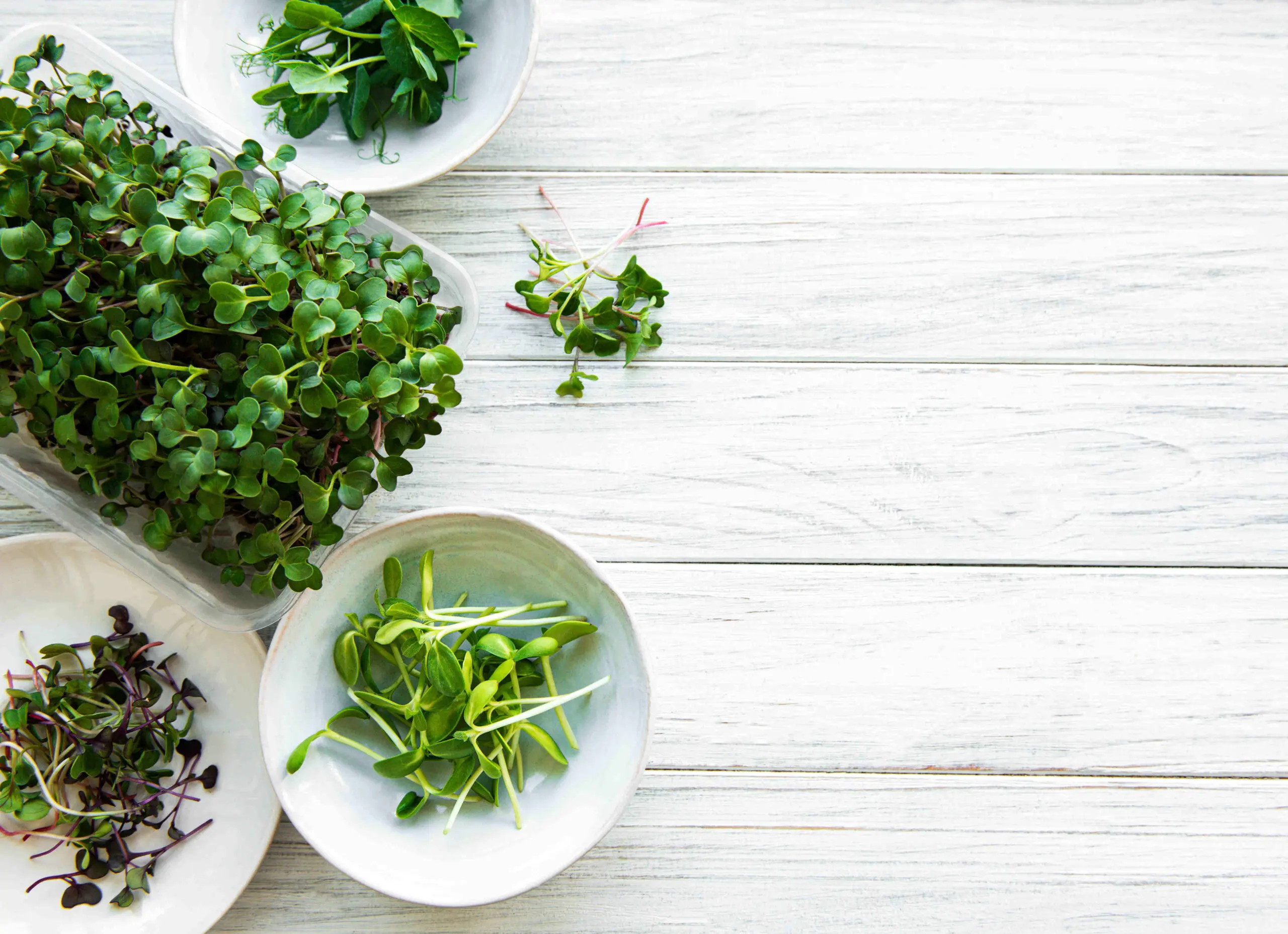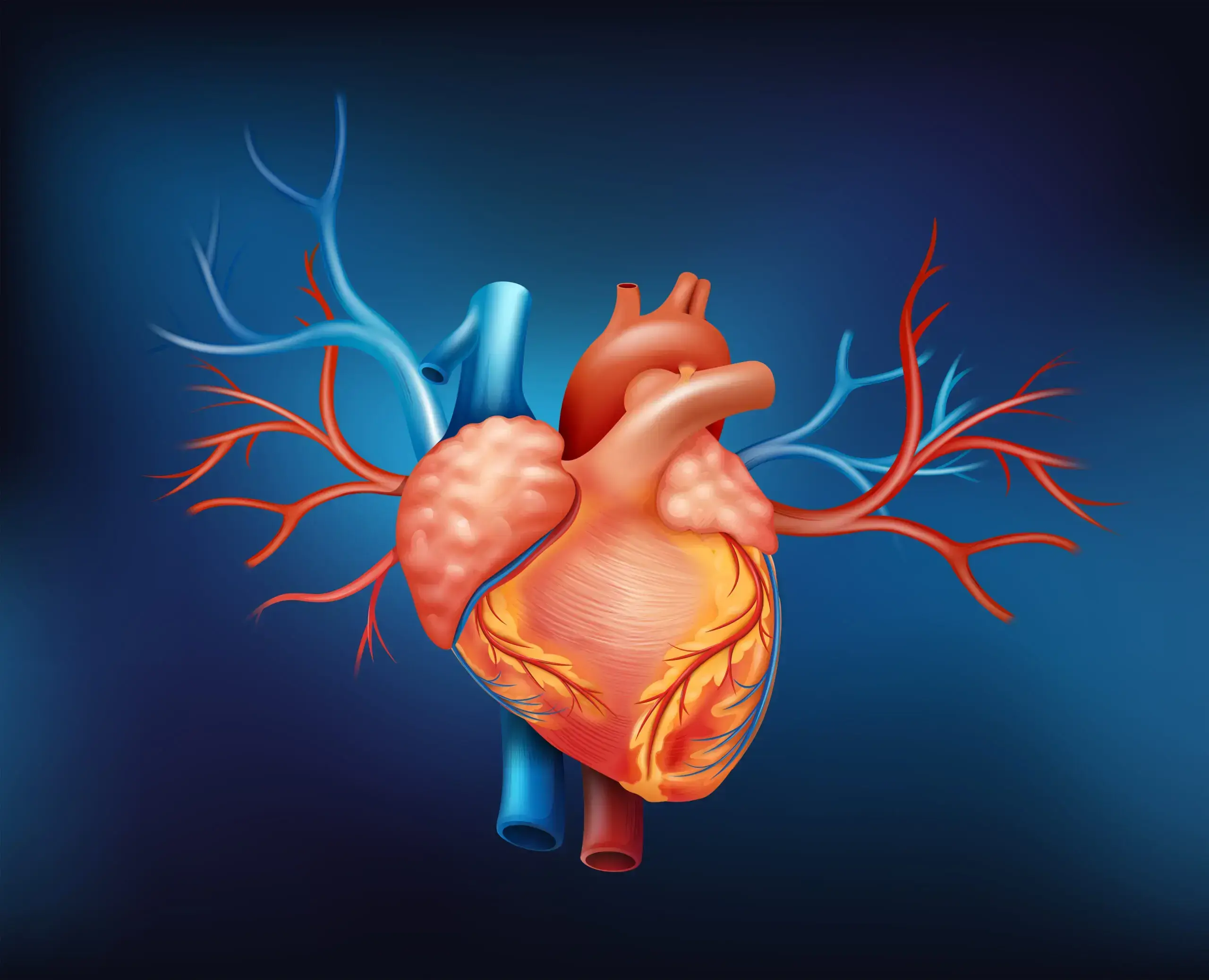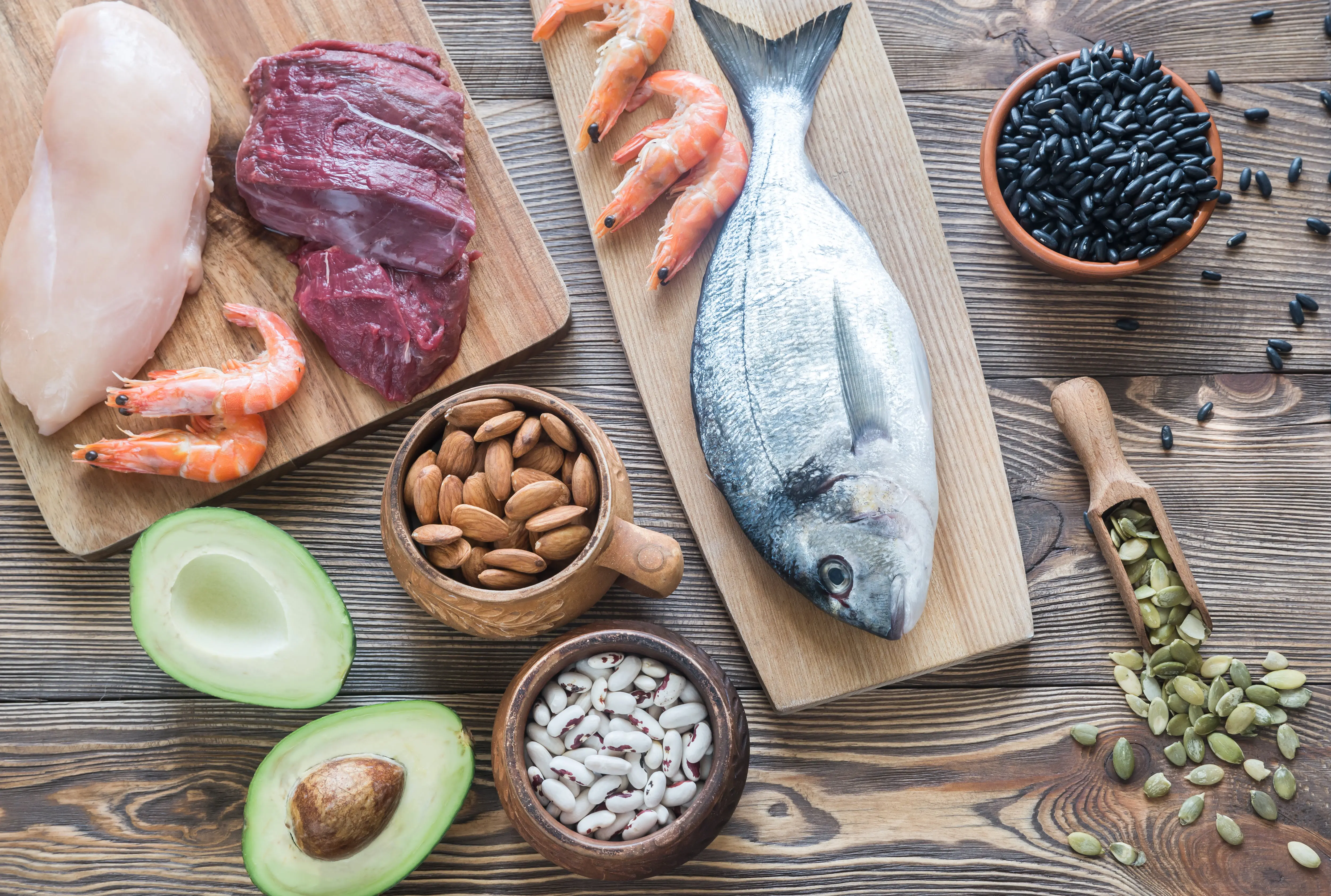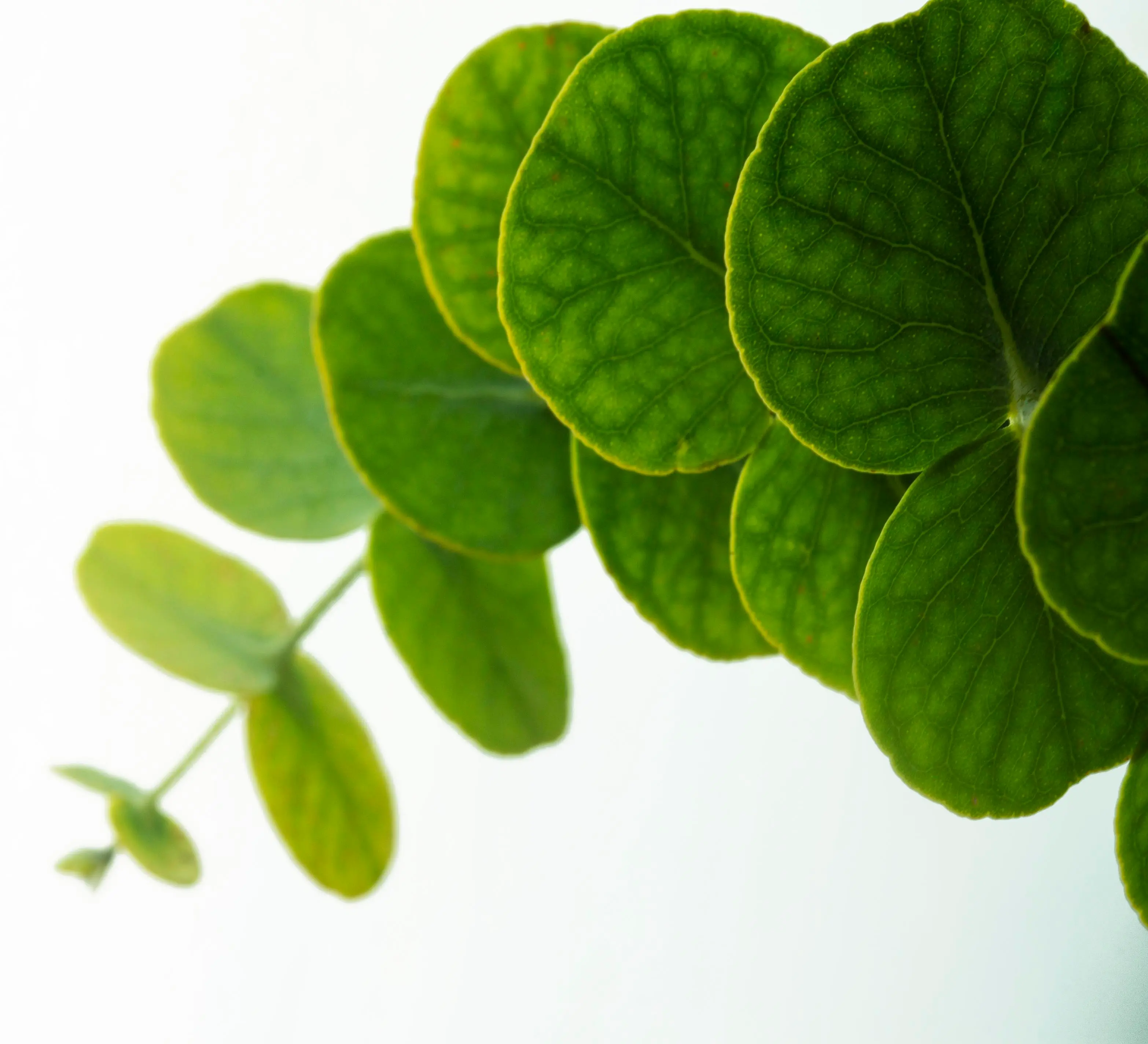
© Adobe Stock
Microgreens: edible plant seedlings that can be harvested after just a few days or weeks
January 5, 2025
Jana Ackermann
- Food
- Health
Microgreens: New food trend for an extra nutrient boost
Microgreens are more than just a trend: they offer a simple way to enrich your diet with valuable nutrients and can be easily grown at home.
They may look like inconspicuous, delicate plants, but they are full of nutrients that live up to their reputation as a superfood: microgreens. But what exactly are microgreens, how are they grown, and why are they so healthy? A look at the food trend.
What are microgreens?
Microgreens are young, edible plant seedlings that can be harvested after just a few days or weeks. “Micro” describes the size of the plants at harvest time, “greens” the range of vegetable plants, cultivated and wild herbs that can be used, such as broccoli, radishes, arugula, coriander, or basil.
They are, so to speak, their "babies." They contain everything the plants need to grow in a concentrated form, so their content of vitamins, nutrients, and minerals is significantly higher than in the same quantity of mature vegetables. This also explains the very intense flavor of microgreens.
How are microgreens grown?
Microgreens can be grown at home with minimal effort – a great advantage over regular vegetables. All you need are seeds, soil, and a bright location. The seeds are sown in shallow trays and watered regularly. The first harvest can take place after just seven to 14 days.
Growing them on a windowsill is recommended because microgreens need plenty of light, but no direct sunlight. Anyone who starts the growing experiment will quickly notice that the small plants require very little space and can thrive successfully even for those without a green thumb.
Microgreens vs. sprouts – what's the difference?
Since this food trend is still relatively new here, microgreens are often confused with sprouts. However, the difference lies in the cultivation method and the plant's developmental stage. Sprouts are germinated directly in water and eaten after a few days before they develop green leaves. Microgreens, on the other hand, grow in soil or another nutrient medium and develop small leaves that give them their rich color and intense flavor.

© Kristina Paukshtite
Microgreens are perfect as a topping.
This is why microgreens are so healthy
Microgreens are considered true nutrient powerhouses. Studies show that they often have a higher concentration of vitamins, minerals, and antioxidants than mature plants. The content of Vitamin C , E, K sowie an Beta-Carotin und Lutein, was Microgreens ideal für die Unterstützung des Immunsystems und der Augengesundheit macht.
So enthält Microgreen-Brokkoli bis zu viermal mehr Vitamine und Antioxidantien als reifer Brokkoli. Wer sie regelmäßig in die Ernährung integriert, kann von der geballten Nährstoffdichte profitieren.
Die besten Sorten für jeden Geschmack und Zweck
Microgreens sind nicht nur gesund, sondern bringen auch Vielfalt und Geschmack auf den Teller. Je nach Sorte sind sie mild, würzig, scharf oder sogar leicht süßlich. Brokkoli-Microgreens sind besonders reich an Vitamin C und unterstützen die Immunabwehr, während Radieschen-Microgreens mit ihrem scharfen Aroma eine perfekte Würze zu Salaten, belegten Broten oder Bowls bieten. Koriander-Microgreens passen ideal zu asiatischen Gerichten und stecken voller Geschmack.
Durch ihre hohe Nährstoffkonzentration eignen sich Microgreens hervorragend als tägliche Ergänzung zu einer ausgewogenen Ernährung. Sie lassen sich mühelos in viele Gerichte integrieren und verleihen selbst einfachen Snacks oder Gerichten einen besonderen Kick.
Ob als Topping für Salate, Smoothies, Suppen oder als energiespendender Hingucker auf einem Stück Vollkornbrot mit Hüttenkäse – die kleinen Pflanzen bringen Geschmack und Farbe in die Küche.













